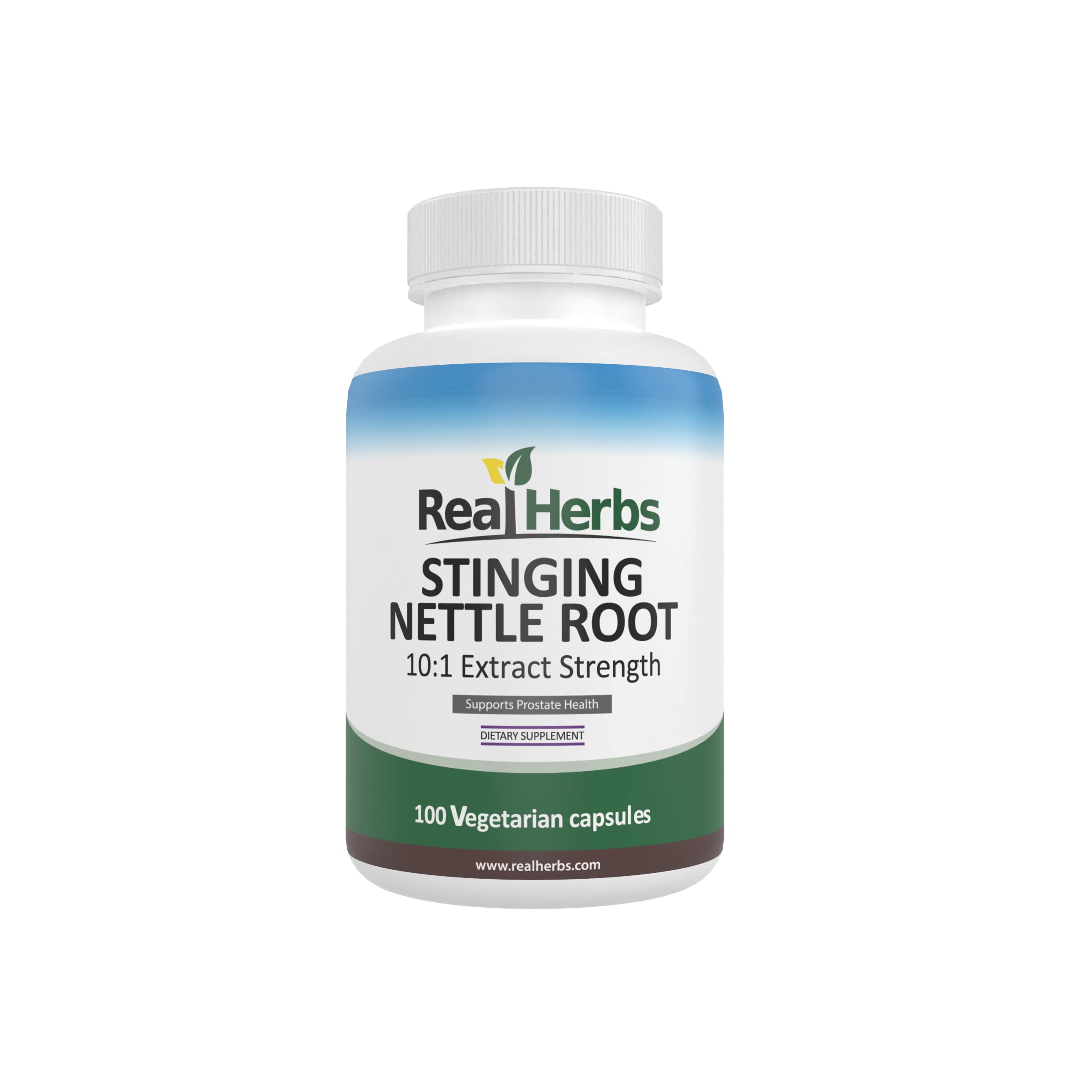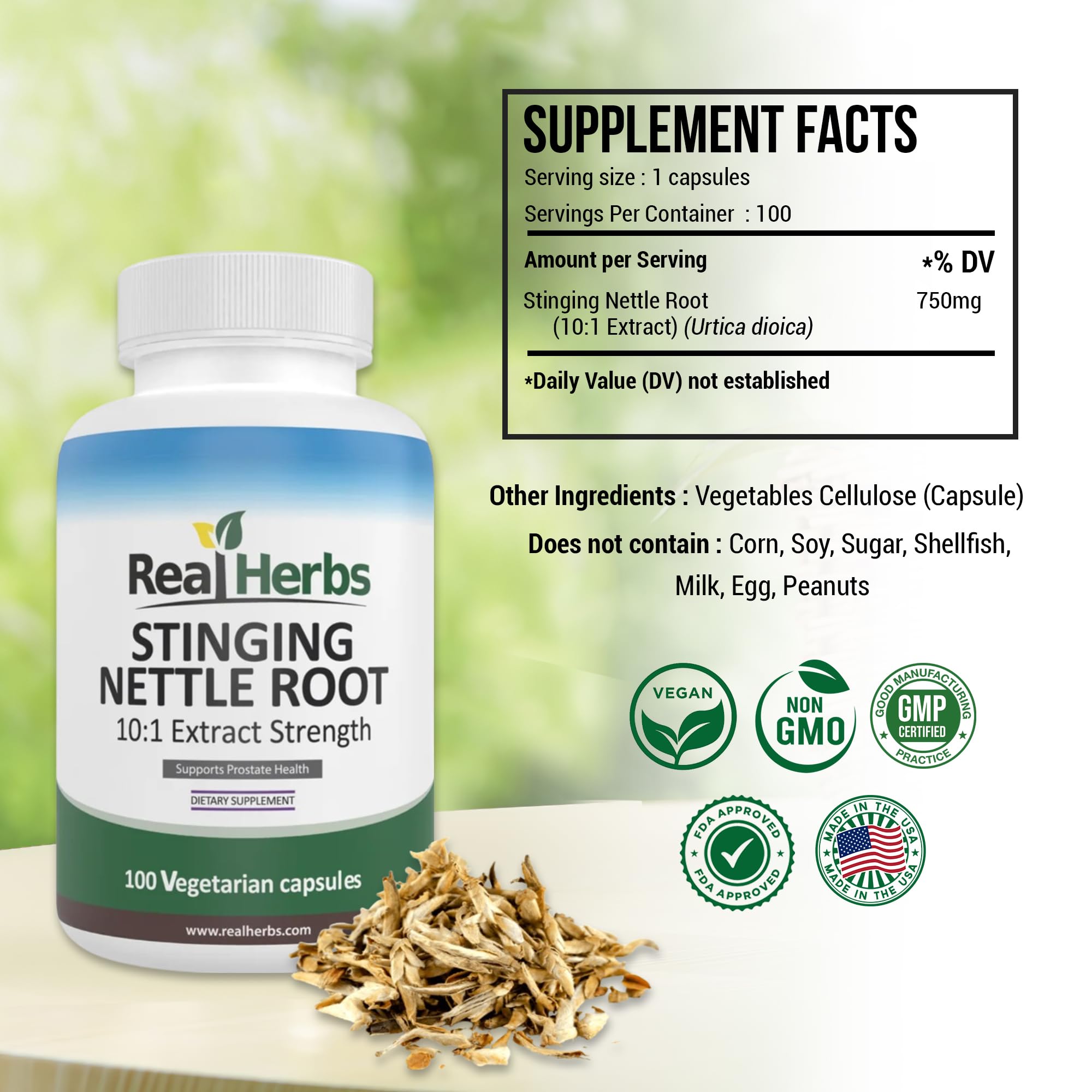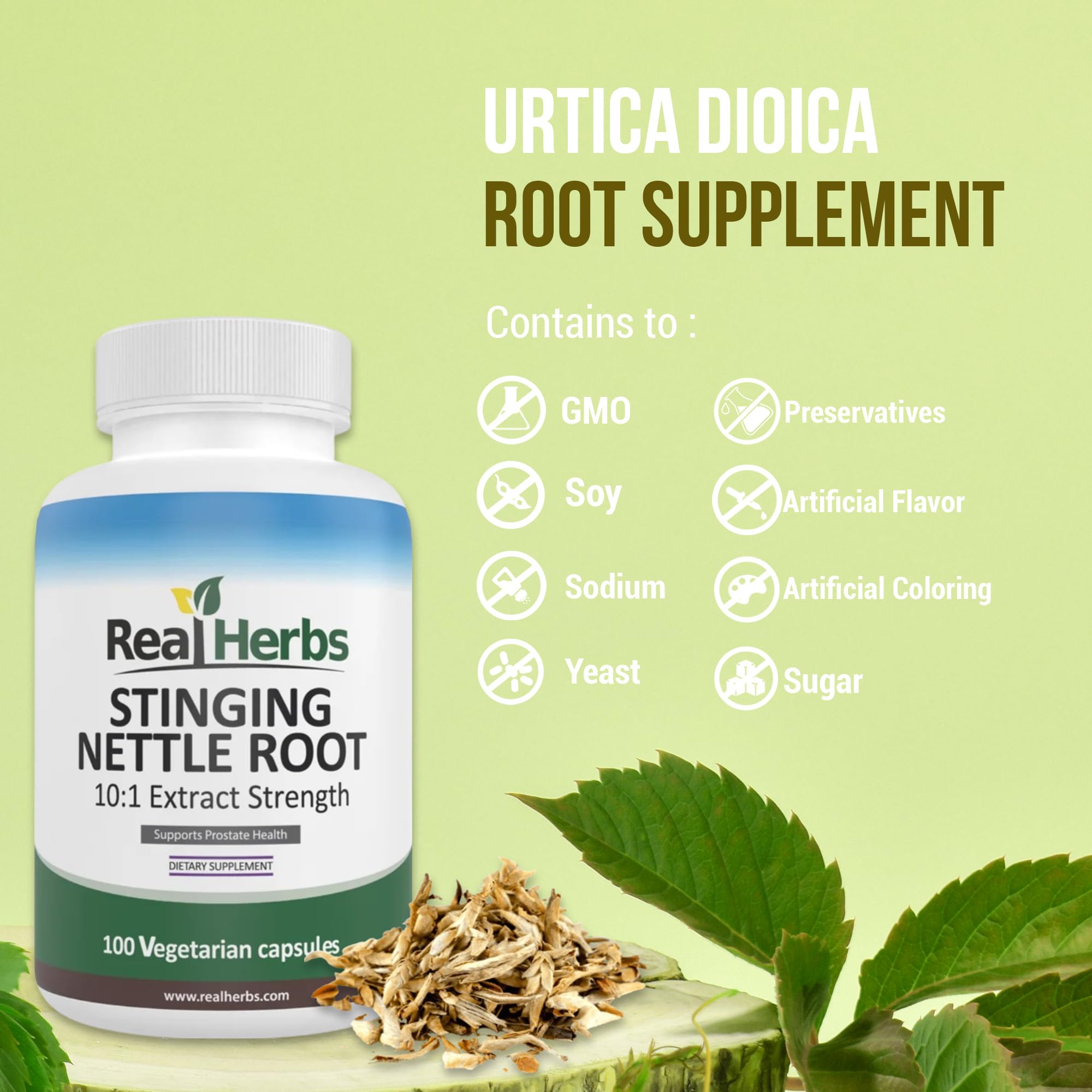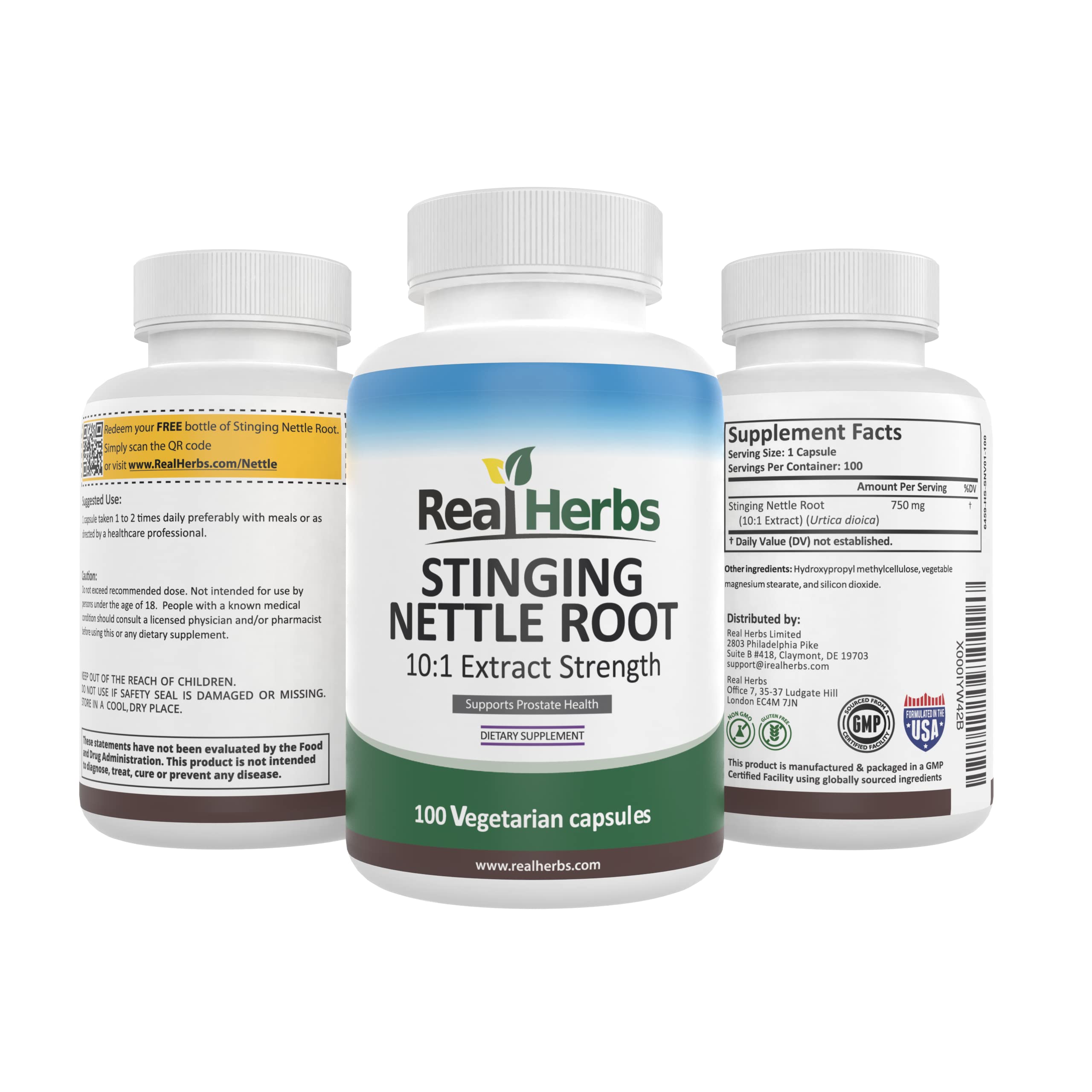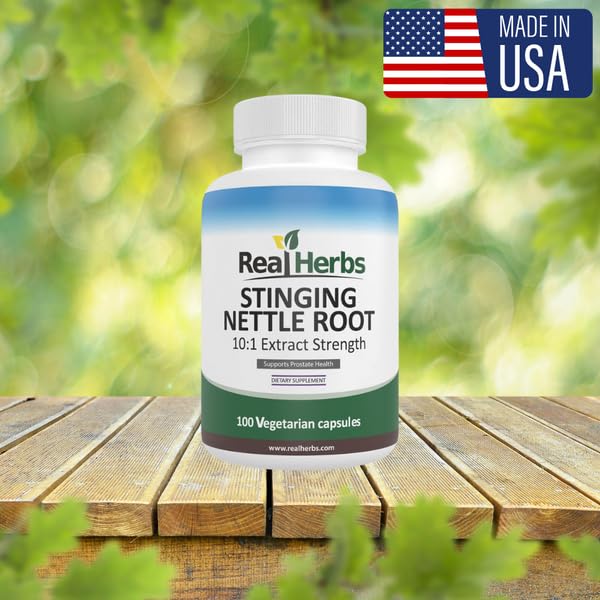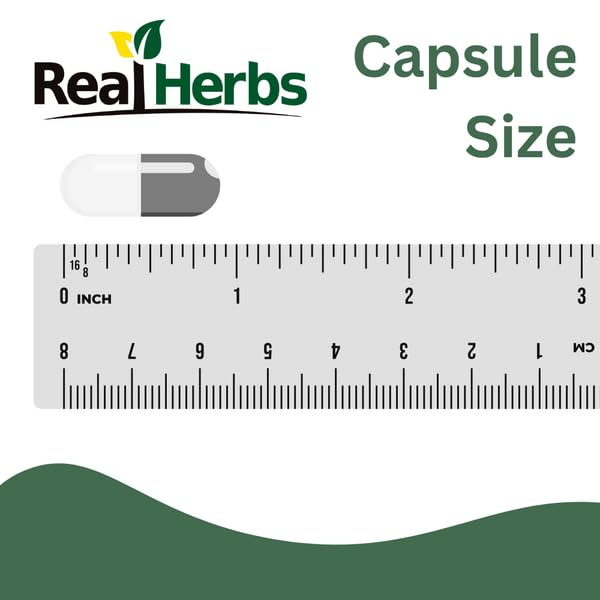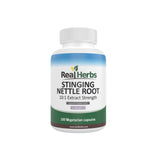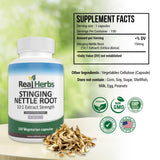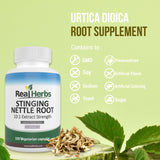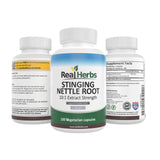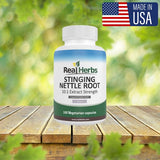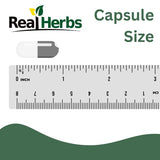When Does Stinging Nettle Flower?
Stinging nettle (Urtica dioica) is a remarkable plant known for its distinctive stinging hairs and its various uses in herbal medicine and culinary arts. Understanding the life cycle of stinging nettle, including when it flowers, is crucial for those who want to forage or use it for its medicinal properties. In this article, we'll explore when stinging nettle typically enters its flowering stage and why this knowledge is important.
What is Stinging Nettle?
Before we dive into the flowering stage, let's briefly introduce stinging nettle. Stinging nettle is a perennial plant that grows in temperate regions around the world. It is characterized by serrated leaves and, as the name suggests, tiny, stinging hairs that can cause discomfort when touched. Despite its sting, this plant has a long history of use in traditional medicine and as a nutritious food source.
Life Cycle of Stinging Nettle
Stinging nettle, like many plants, goes through several stages in its life cycle. These stages include germination, growth, flowering, and seed production. Understanding when it flowers is essential for those who want to harvest it for specific purposes.
When Does Stinging Nettle Flower?
The flowering time of stinging nettle can vary depending on factors like location and climate. Generally, stinging nettle tends to flower in late spring to early summer when the days are longer, and temperatures are rising. In temperate climates, this can be around May to June.
The flowering of stinging nettle is a crucial stage for foragers and herbalists. It is during this period that the plant is often at its most potent and useful for various purposes. The leaves and stems are still tender, and the plant has not yet gone to seed. This makes it an ideal time to harvest for culinary use or herbal remedies.
Importance of the Flowering Stage
Understanding when stinging nettle flowers is essential for those who want to harness its medicinal and culinary benefits. The leaves and stems of stinging nettle are rich in vitamins, minerals, and antioxidants. They are also known for their potential anti-inflammatory and allergy-relief properties. By harvesting the plant during its flowering stage, you can ensure you are getting the maximum nutritional and medicinal value.
Foraging and Harvesting Tips
When foraging for stinging nettle during its flowering stage, it's important to wear gloves and protective clothing to avoid contact with the stinging hairs. Use scissors or shears to cut the tender upper parts of the plant, leaving the lower portion to continue growing. Harvesting responsibly ensures the plant can regenerate for future seasons.
Precautions and Safety
While stinging nettle has numerous benefits, it's essential to exercise caution. Some individuals may be allergic to stinging nettle, so it's advisable to test a small amount before consuming it or using it for medicinal purposes. Additionally, always wash and cook the plant before consuming it to neutralize the stinging hairs.
Recipes and Uses
Stinging nettle can be used in a variety of recipes, including soups, teas, and pestos. One popular way to enjoy stinging nettle is by making a nutritious nettle soup or steeping the leaves to create a soothing nettle tea. Its earthy flavor and nutritional content make it a versatile and healthy addition to your diet.
In conclusion, knowing when stinging nettle flowers is essential for those interested in foraging, cooking, or using it for its potential health benefits. The flowering stage is when this remarkable plant is at its peak, offering a wealth of nutrients and medicinal properties. By understanding its life cycle and taking proper precautions, you can safely and responsibly enjoy the many benefits of stinging nettle.
Additional Resources
If you'd like to explore stinging nettle further, consider checking out the following resources:

